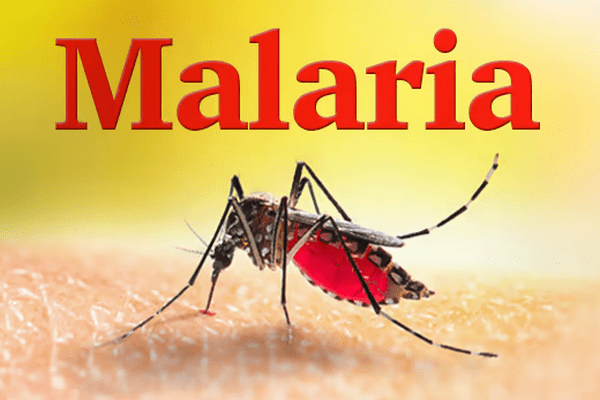Epidemiological Features and Diagnosis of Malaria Disease
Definition of Malaria Disease:
Malaria is a mosquito-borne infectious disease which affects humans and other animals caused by parasitic protozoans (a group of single-celled microorganisms) belonging to the Plasmodium type. Malaria causes symptoms that typically include fever, tiredness, vomiting, and headaches.

Malaria is an infectious disease caused by plasmodium and transmitted by the bite of female anopheles mosquito, characterized by-fever, anemia, splenomegaly etc. Children under 5 years of age are one of the most vulnerable groups affected by malaria, accounting for a large portion of the estimated 445 000 malaria deaths around the world in 2016.
Epidemiological Features of Malaria Disease:
1. Agent factors:
a) Agent: Malaria in man is caused by 4 distinct species of malaria parasite.
- Plasmodium vivax,
- Plasmodium falciparum,
- Plasmodium malariae,
- Plasmodium ovaleale.
b) Reservoir of infection: Human
c) Period of communicability: Malaria is communicable as long as gametocytes exist in the blood to infect vector mosquito.
2. Host factors:
- Age: Malaria affects all ages
- Sex: Male are more exxposed than female
- Pregnancy: The risk
- Social and economic factor: More in underdeveloped countries
- Housing: More in all ventilated and ill lighted house
- Occupation: More in agriculture practitioner
- Human habits sleeping out of house and mosquito net.
3. Environmental factors:
- Season: Maximum prevalence is from July to November
- Temperatures: 20°C-30°C
- Humidity: 60% Or
- Rain fall: Necessary for breeding
4. Mode of transmission:
a. Vector transmission: Infected female anopheles mosquito
b. Direct transmission:
- Blood transmission,
- Infected needles,
- Congenițal-very very rare.
5. Incubation period:
Varies according to species–
- 12 (9- 14) days for P. falciparum
- 14 (8-17) days for P. vivax
- 28 (18–40) days for P. malariae
- 17 (16 – 18) days for P. ovale
History and Laboratory Diagnosis of Malaria Disease:
History:
a) Patient may give H/O travel of malarious locality
b) Onset is insidious with malaise, headache, vomiting
c) Fever:
- No particular pattern,
- Cold, hot and sweating stages are seldom found,
- Not so high temperatures.
d) Cough and mild diarrhea
e) Weakness
f) Patient may present with complication of the disease:
- Unconsciousness,
- Acute renal failure,
- Black water fever,
- Acute renal respiratory syndrome,
- Septicemia.
On examination (O/E):
- Patient anemia,
- Jaundice may present,
- Increase Temperature,
- Hepato splenomegaly.
Laboratory Diagnosis of Malaria Disease:
1. Direct evidences:
- Thick film: To detect the presence of parasite,
- Thin film: To detect the species of parasite.
2. Indirect evidences:
- Serological test,
- Blood for TC, DC, ESR, Hb%,
- Liver function test,
- Examination of urine.
More questions related to this article:
- What is malaria?
- What do you mean by malaria?
- Write down the epidemiological features of malaria.
- How will you diagnose a case of malaria?
- Write down the laboratory diagnosis of malaria.
- Write down the history and investigation of malaria.

Maria Khatun Mona is a Founder and Editor of Nursing Exercise Blog. She is a Nursing and Midwifery Expert. Currently she is working as a Registered Nurse at Evercare Hospital, Dhaka, Bangladesh. She has great passion in writing different articles on Nursing and Midwifery. Mail her at “maria.mona023@gmail.com”
